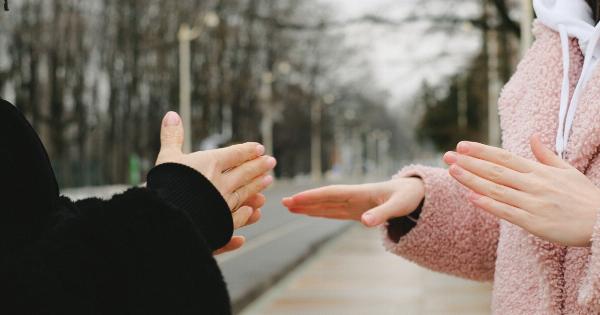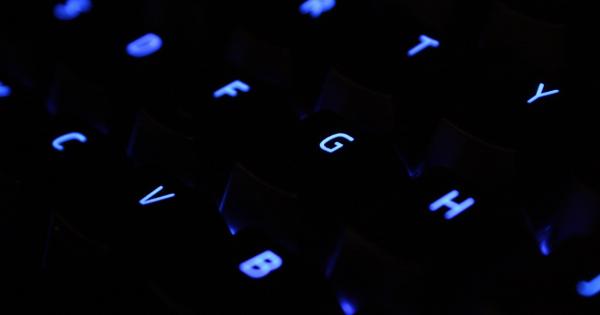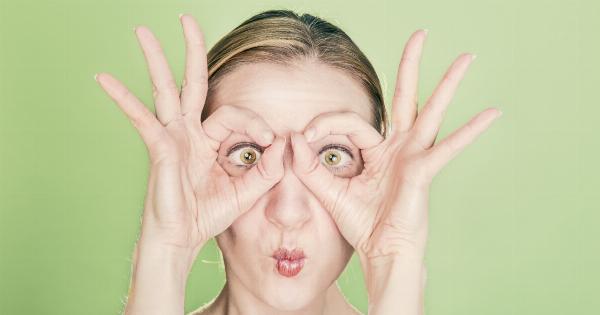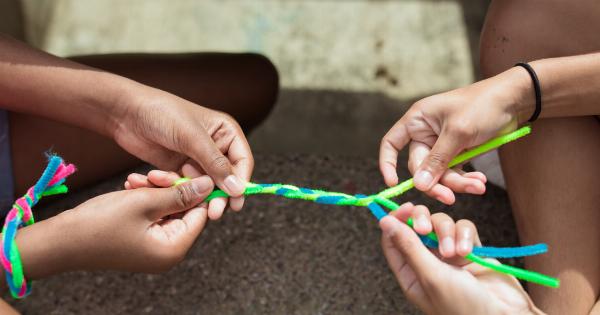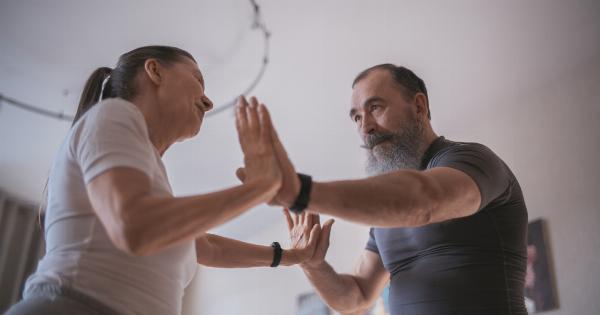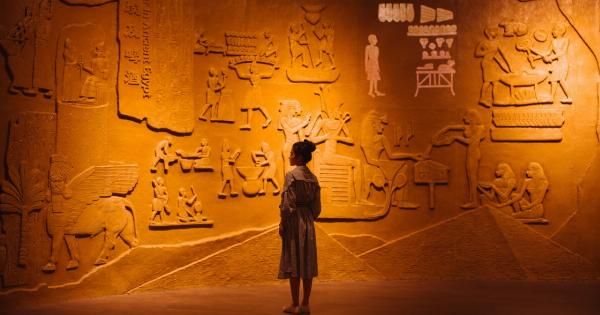Shaking hands is a common gesture of greeting and establishing rapport in many cultures around the world. It is a simple action that involves two individuals clasping each other’s hands and often accompanied by a brief up-and-down movement.
This article will delve into what happens when you shake hands with someone, both on a physical and socio-cultural level.
The Physical Aspect
On a physical level, shaking hands involves a series of complex movements and sensations. Here’s what actually happens:.
1. Nerve Signals
When you extend your hand for a handshake, nerve signals are sent from your brain to your arm, instructing it to move towards the other person’s hand.
This neural communication allows for the coordination of muscles and joints involved in the handshaking process.
2. Muscle Contraction
The muscles in your arm and hand contract, causing your hand to reach out and make contact with the other person’s hand. This muscular action is crucial in initiating the handshake.
3. Sensory Feedback
As your hand touches the other person’s hand, sensory receptors in your skin send feedback to your brain, providing information about the texture, warmth, and pressure of the handshake.
This sensory feedback helps you form an impression of the other person and establish a connection through touch.
4. Hand Pressure
During a handshake, the amount of pressure applied can vary and convey different meanings. A firm handshake can be seen as confident and assertive, while a limp handshake may suggest a lack of confidence.
The pressure exerted during a handshake is a crucial aspect of non-verbal communication.
5. Release
After a brief moment of clasping hands, the handshake is typically released. This release is usually initiated by the person who extended their hand first, or it can be a mutual action.
Releasing the handshake signals the end of the physical contact and allows both individuals to move on.
The Socio-Cultural Significance
Beyond the physical aspect, shaking hands carries significant socio-cultural meaning. Here’s why shaking hands is more than just a physical gesture:.
1. Establishing Rapport
Shaking hands is a universal gesture used to establish greetings and rapport between strangers or acquaintances. It serves as a social lubricant, breaking down barriers and creating a sense of familiarity.
Through the act of shaking hands, individuals acknowledge each other’s presence and demonstrate openness to interaction.
2. Cultural Variations
While shaking hands is prevalent across many cultures, there are variations in customs and traditions associated with handshakes. For example, in some cultures, a firm handshake is expected, while in others, a gentle touch is preferred.
Understanding and respecting these cultural variations is crucial to avoid potential misunderstandings or unintended disrespect.
3. Symbol of Trust
A handshake often symbolizes trust. When someone extends their hand for a handshake, they are offering a sign of trust and goodwill.
Accepting the handshake reciprocates this trust and demonstrates a willingness to engage in a social or professional relationship.
4. Non-Verbal Communication
Handshakes convey non-verbal cues that can influence the interpretation of a person’s character or personality.
A firm handshake is often associated with confidence and reliability, while a weak handshake may be perceived as indecisiveness or hesitancy. The firmness, duration, and eye contact during a handshake can all contribute to the overall impression formed.
5. Business and Professional Settings
In business and professional settings, handshakes play a crucial role. They are an integral part of networking, job interviews, and meetings. The initial handshake can set the tone for the entire interaction and leave a lasting impression.
A firm and confident handshake can help establish credibility and professionalism.
Conclusion
Shaking hands is a seemingly simple action that encompasses both physical and socio-cultural aspects. Physically, nerve signals, muscle contractions, and sensory feedback are involved in the handshake process.
Socio-culturally, handshakes help establish rapport, navigate cultural variations, symbolize trust, facilitate non-verbal communication, and play a vital role in professional settings. So, the next time you shake hands with someone, remember that there is more to this gesture than a simple touch.



